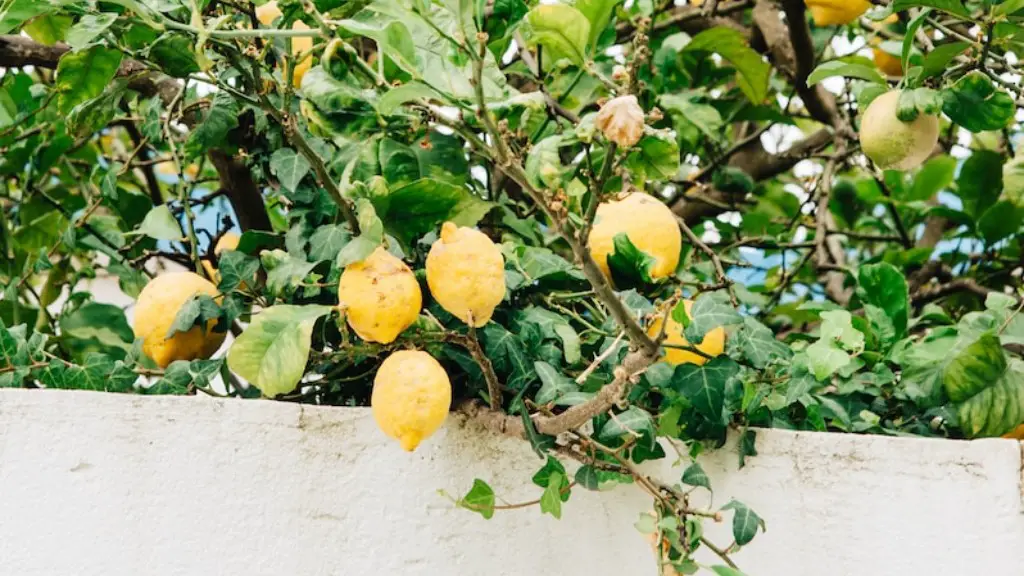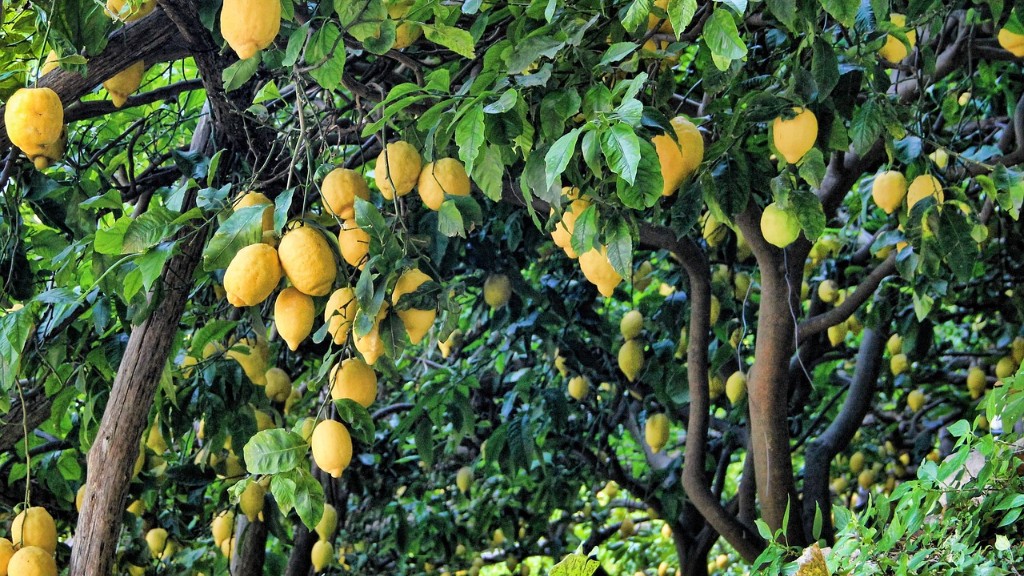Lemon tree cuttings are a great way to propagate new plants from existing ones. It’s a fairly straightforward process that doesn’t require a lot of technical knowledge or special equipment—just a few supplies and some patience. But, one of the most common questions gardeners have is: How long do lemon tree cuttings take to root?
The answer to this question depends on the size and type of the cutting, as well as the season in which you’re propagating. Smaller cuttings root faster than larger ones, and warmer conditions favor rooting. Generally, growers can expect a lemon tree cutting to root in three to four weeks.
However, even as the season is right, lemon cuttings can fail to sprout roots at all. There are several factors that can make the rooting process less successful. Poor quality soil can cause the cutting to become too dry and shrivel up, and too much heat can damage the cutting and slow down the process.
Cuttings can also dry out faster if there isn’t adequate humidity in the air. To avoid this problem, gardeners should use a growth medium with a lot of organic content, which will retain water better. Other than that, an appropriate level of irrigation and avoiding direct sunlight are two other key factors for successful lemon tree cuttings.
In any case, gardeners should be prepared to wait at least three weeks before they can see results. If the cutting’s showing signs of life in this time—like new leaves sprouting, or the stalks beginning to flex and bend—it’s likely everything’s going as it should.
However, if the cutting looks like it’s terribly wilted, it may also have died and need to be replaced. An unsuccessful lemon tree cutting can be taken out and tried again, as long as the conditions are favorable.
In short, lemon tree cuttings typically take three to four weeks to root. This can be longer or shorter depending on the size and type of cutting, as well as the growing season and conditions. As long as there’s proper soil, irrigation, warmth and humidity, the cutting should sprout roots eventually.
The Process of Preparing Lemon Tree Cuttings
Before attempting to root a lemon tree cutting, there are a few steps gardeners should take to ensure it’ll be successful. The first step is to select a healthy, straight stalk or shoot that’s a few inches long and hasn’t flowered yet. After that, the cutting should be removed with a clean and sharp knife, since any damage to the tree or cutting could stunt root growth.
The next step is to prepare the container in which the cutting will grow. Gardeners should use an appropriately-sized pot with drainage and a medium designed for rooting cuttings. An appropriate medium should have some organic content, such as potting soil mixed with perlite, or perlite mixed with peat moss.
Once the container is ready, the cutting can be gently inserted in the soil. Gardeners should bury the cutting up to its topmost leaves, and then water it. The soil should be kept damp, but not flooded with water. Then, the container should be sealed with plastic and placed in a warm, sunny spot.
Finally, growers should monitor the cutting for any signs of root growth. Lemon cuttings typically start showing signs after three to four weeks, although this can vary based on the conditions. Gardeners may want to mist the cutting from time to time to maintain the appropriate moisture level.
The Benefits of Propagating Lemon Tree Cuttings
Propagating lemon trees through cuttings is beneficial for several reasons. One of the best advantages is that it’s the easiest and most cost-effective way to produce new plants. As opposed to germinating or buying a tree, propagating through cuttings requires no special equipment and can be done in the comfort of one’s own home.
What’s more, cuttings offer a great way to obtain a variety of lemons. As opposed to buying a seedling from a store, propagating from a cutting can help gardeners get a specific plant that produces the desired variety of lemons. Additionally, clones produced from cuttings will share the same characteristics as the parent lemon tree.
At the same time, propagating lemon cuttings can also introduce disease into the garden. If not done properly, closely-related lemon trees can be infected with common diseases such as citrus scab, Melanose, Anthracnose, gummosis and foliar nematodes. To avoid this problem, cuttings should be taken from healthy trees.
Cuttings should also be treated to remove bacteria and fungal spores that may lead to infection. To this end, some experts recommend dipping the cutting in a fungicide/bactericide solution as an extra preventative measure. Additionally, it’s also a good idea to sterilize the soil with a fungicide before covering the cutting.
How to Care for a New Lemon Tree Cutting
Once rooted, the cutting should be removed from its container and transplanted into a well draining potting mixture. The pot should be then placed in a warm, sunny spot, and kept at an appropriate temperature.
The newly-planted cutting should then be watered correctly. This means that the soil should be kept moist but not wet, otherwise the roots can become waterlogged and rot. Additionally, gardeners may want to add a liquid fertilizer when they water the cutting, to help it become established.
Additionally, the cutting should fulfill its water and light requirements during the summer and winter months. Watering should be adjusted accordingly, while exposure to cold and excessive heat should be minimized to ensure the young tree will benefit from its environment.
Finally, gardeners should be aware of pests and disease that may try to harm their new lemon tree cutting. If the tree is exposed to diseases such as powdery mildew, aphids, or whiteflies, the appropriate pesticides should be used to keep them in check.
Tips for Storing and Transplanting Lemon Tree Cuttings
Gardeners who want to store a lemon tree cutting for later propagation should use a moistening agent, such as vermiculite or sphagnum moss, to keep the cutting hydrated during transportation or storage. After preparing the cutting, it should be placed in an airtight container, kept in a cool temperature, and away from direct sunlight.
When it’s time to transplant, the cutting should be removed from the container and inspected for any signs of disease. If this is the case, gardeners may want to apply a fungicide or other preventative measure before placing it in the soil.
Additionally, they might also want to prune any weak branches or stems from the cutting before transplanting it. Doing this can help the cutting establish a strong root system that’s resistant to disease.
In any case, once the cutting’s planted in the new container, it should be watered regularly and monitored for roots for emerging. Once the roots start developing, the young tree should receive proper care and protection so it can continue flourishing.
Conclusion
In conclusion, lemon tree cuttings can be successfully propagated through a fairly straightforward process. Cuttings typically take three to four weeks to root under favorable conditions, but they may fail if proper care isn’t taken. The cutting should be taken from a healthy tree and placed in a moist, well-draining medium in a warm, sunny spot. Protective measures should be taken against fungi, pests and disease. Once planted, the new tree should receive the necessary water, light and care in order to grow and mature properly.





